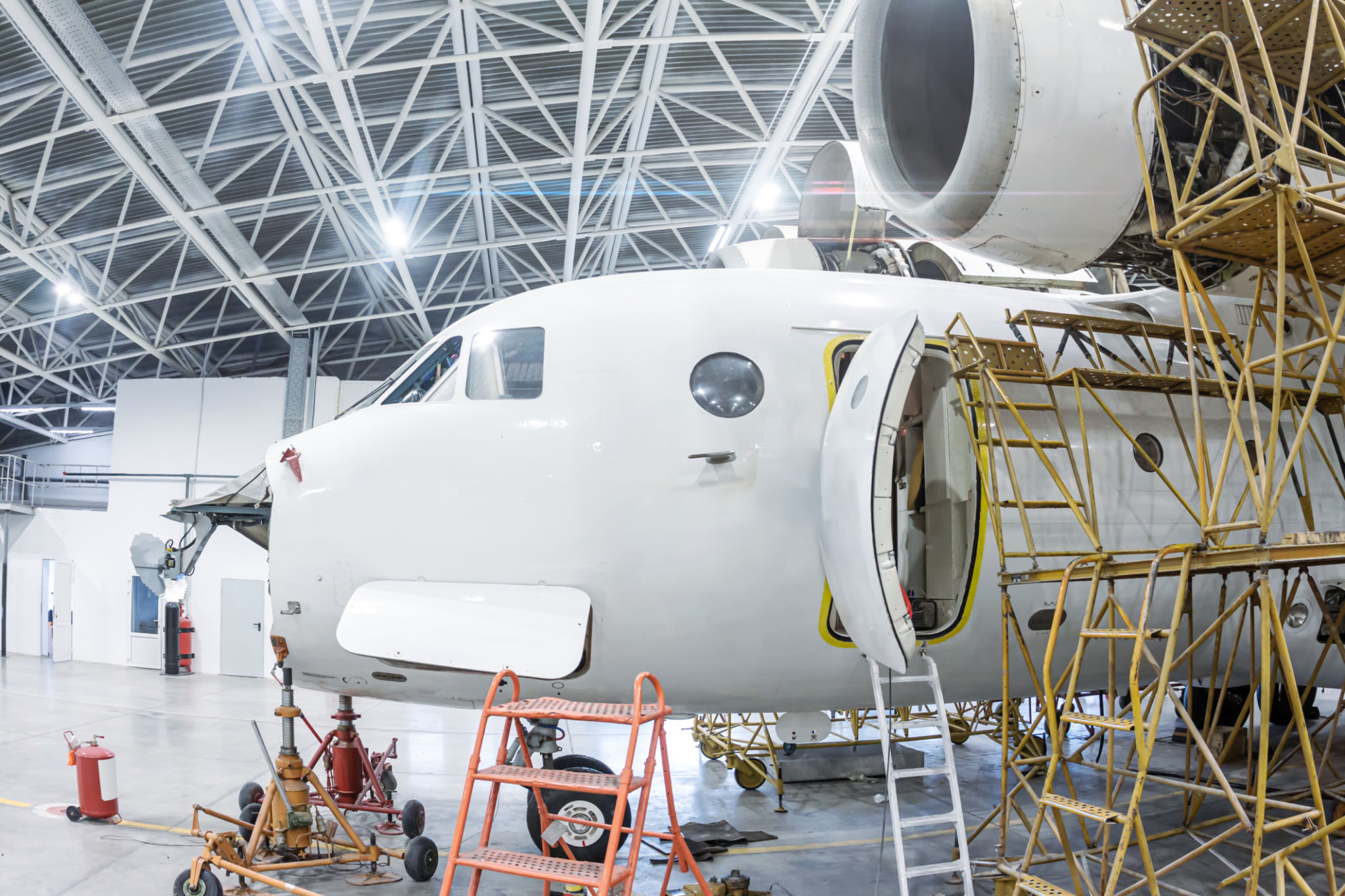Sunbelt Power Plays: Why Regional Airports Are the New CRE Hotspots
As the national commercial real estate market navigates tighter lending, rising construction costs, and shifting tenant demands, one category is quietly gaining momentum: real estate development around regional airports.
Across the Sunbelt—particularly in high-growth metros like Orlando, Phoenix, Austin, and Raleigh—developers are doubling down on airport-adjacent real estate for logistics, maintenance, hospitality, and even next-gen infrastructure. This isn’t about terminals and gates—it’s about the ecosystem of buildings that support private aviation, cargo, MRO (Maintenance, Repair & Overhaul), and passenger growth in second-tier metros with major upside.

📍 Why Regional Airports Are Attracting CRE Attention
Regional airports offer something larger, congested hubs can’t: space, access, and flexibility.
As companies prioritize speed-to-market and decentralized supply chains, proximity to smaller, faster-moving airports becomes a strategic advantage. These airports typically offer lower fees, streamlined permitting, and more development-ready land, making them ideal for:
- Logistics hubs and freight facilities
- MRO and hangar expansions
- Hospitality (hotels and crew quarters)
- Cold storage and perishable goods handling
- Vertiports and drone infrastructure
A perfect example is Phoenix-Mesa Gateway Airport, which has become a target for industrial and aerospace development due to its capacity, available land, and strategic location near major freeway corridors.
🛠️ Developers and Firms Leading the Charge
Several real estate and aviation-focused companies are already making strategic moves in this space:
- JBT AeroTech is expanding its airport systems division, helping drive demand for MRO and support facilities.
- CRG Real Estate Solutions, the development arm of Clayco, has executed airport-adjacent logistics projects in cities like Dallas and Atlanta.
- Hillwood, part of the Perot Group, has invested heavily in air cargo and airport real estate across Texas and Florida, including projects near Fort Worth Alliance Airport and Lakeland Linder in Florida.
- Signature Aviation, the world’s largest private aviation terminal operator, continues to expand its FBO footprint in markets like Nashville, Austin, and Orlando.
These firms aren’t guessing—they’re building where capital, cargo, and consumers are converging.

🌍 Sunbelt Cities to Watch
- Orlando Sanford International Airport (SFB): Seeing increased private jet activity, logistics builds, and hotel development
- Phoenix-Mesa Gateway Airport (AZA): A magnet for air cargo, MRO, and aerospace-related real estate
- Raleigh-Durham International Airport (RDU): Drawing developers with its tech-driven economy and population growth
- San Antonio International Airport (SAT): Undergoing long-term expansion that includes new commercial development zones
💼 Final Takeaway
As traditional office and retail markets recalibrate, airport-adjacent development is becoming a strategic CRE play in high-growth metros. Developers who understand how to navigate airport authorities, zoning overlays, and operational needs are finding unique opportunities—and long-term tenants.
In the Sunbelt, where population growth meets infrastructure investment, regional airports are no longer just transportation nodes—they’re becoming full-scale economic engines.